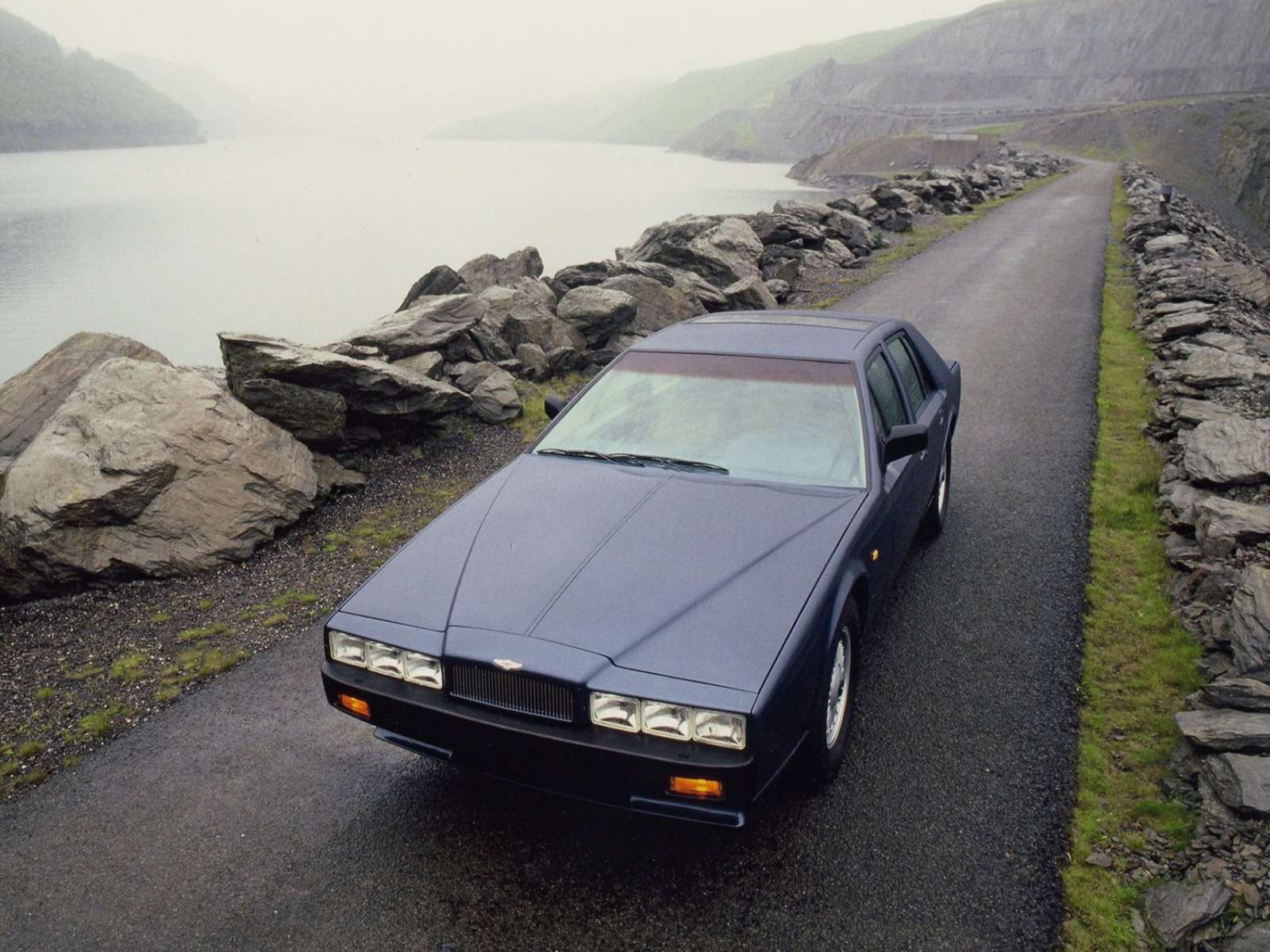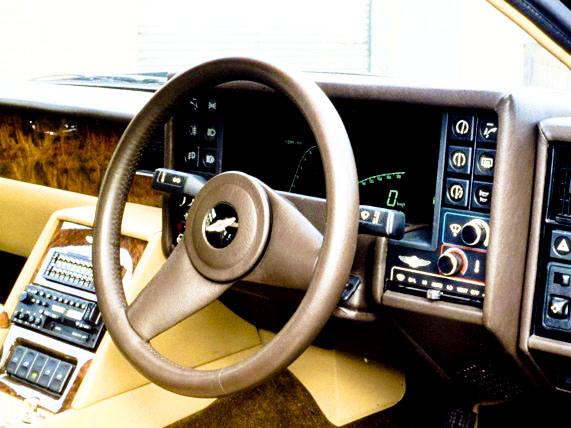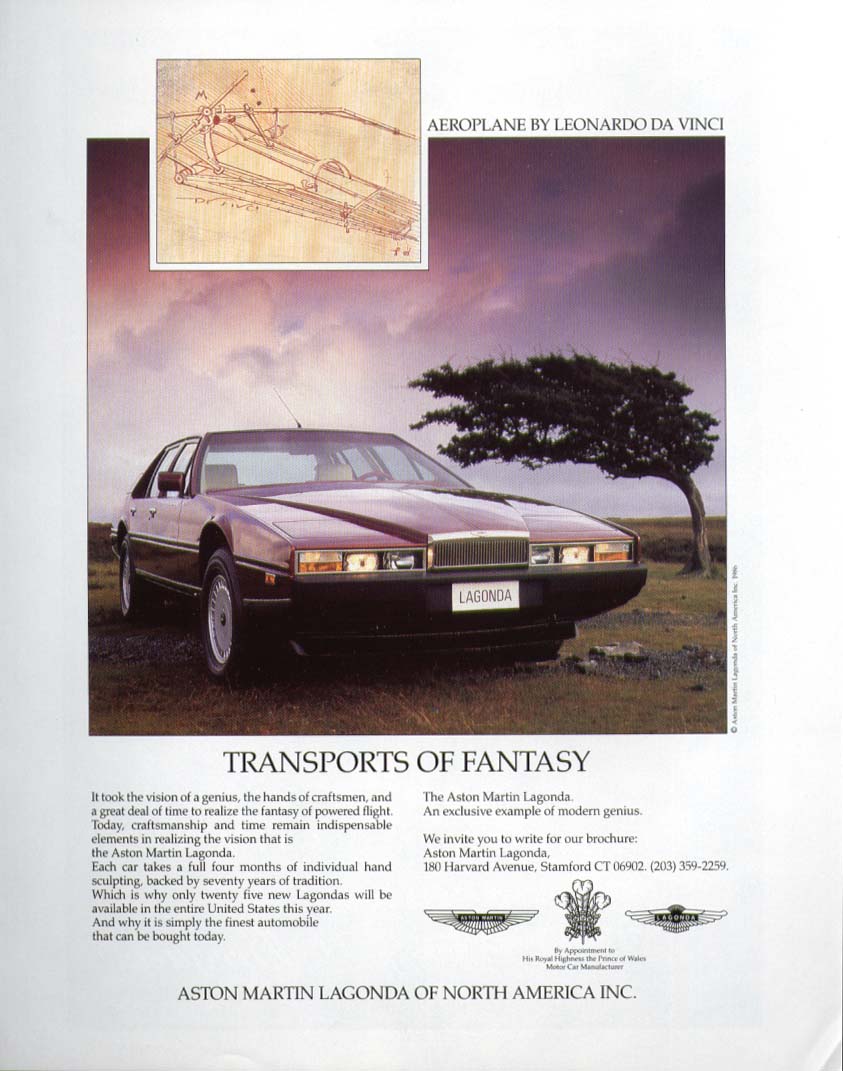"Stephen Archer talks to us about the Aston Martin Lagonda 1976-1990 The wedge Lagonda has always divided opinion for its outlandish, elongated looks and for, well, being not very Aston like. So, let’s just call it a Lagonda, after "

Aston Martin Lagonda
To be iconic is not always to be universally loved. Indeed, many icons, of the four-wheeled variety and otherwise, are divisive. The Aston Martin Lagonda firmly fits the bill.
Reviled and admired in equal measure, the Lagonda attains its status thanks to the idiosyncratic nature of both its design and its development. A legend formed by futuristic styling, limited production numbers and an astronomical price tag.
Built in Newport Pagnell, designed for Park Lane but ultimately destined for money-no-object collectors in the Middle East and Japan, the Lagonda was created to help alleviate the financial difficulties that Aston Martin faced in the 1970s.
Instead of playing it safe, the men behind the marque put it all on red, investing in the design and development of an exclusive machine that sought to blend state-of-the-art technology with the comfort of a St James’ members club (and which would require a hefty deposit from all those wanting to join the waiting list).

Considering the oil crisis of the time, a hand-built, four-door luxury saloon with a 5.3 litre V8 engine tucked under its elongated bonnet (the car measured almost five metres in length) may seem like strange logic. But luxury is what Aston Martin always sought to provide and so their rescue strategy was to offer more of the same. Only now in even more limited numbers.
Designed by William Towns, who also styled the DBS, the Lagonda was in production between 1974 and 1990 during which time they produced just 645 cars over four series. Each one took over 2000 man-hours to build, equating to one car produced per week. The Series 2 was launched at the 1976 London Motor Show. Deliveries didn’t begin until 1979.

When the Lagonda went on sale in the United States in 1982, its exclusivity was its unique selling point, with an advertising campaign that featured the car alongside a bottle of vintage Rothschildwine, a ‘Tastes of Refinement’ headline and adcopy that began, ‘Certain of the finer things in life are sufficiently rare they can be enjoyed only by a fortunate few…’
Journalists in the US were blunter. “Ferrari performance and Rolls Royce luxury at a price you can’t afford” said a 1982 review. And talking of the price, a 1977 Lagonda retailed at £24,570, while a 1980 model would have left you with little change from £50,000 at the time.
But the Lagonda’s price tag wasn’t the only reason that the car was adroit at leaving the public with their jaws agape. The low profile styling, the145mph and 280bhp by way of the 5.3L dual-overhead-cam V8, each with a builder’s plaque attached stating the name of the man responsible for assembling the engine were attention-grabbers. The pop-up headlights, unique at the time, hinted at the technology concealed within.

And it was once inside the Lagonda that you really entered another world. A digital dashboard with displays and touch-button technology, which operated the headlights and just about everything else, seemed positively space age and indeed, the Lagonda was the first production car to use computer management.
But developing electronics in the 1980s was an expensive business (reportedly Aston Martin exceeded their budget for the Lagonda by a whopping 400% largely due to the electronics) and the money you put down didn’t guarantee reliability. Or anything close to it.
So what is the Lagonda’s rightful place in automotive history? A bold statement, conceptually ahead of its time, hinting at a future full of possibility, its wings clipped by technology still in its infancy or a mere design folly, an ugly toy for the uber-rich equipped with a box of electronic tricks, none of which seemed to work?
In the end it’s probably just a matter of taste.
CLICK TO ENLARGE















